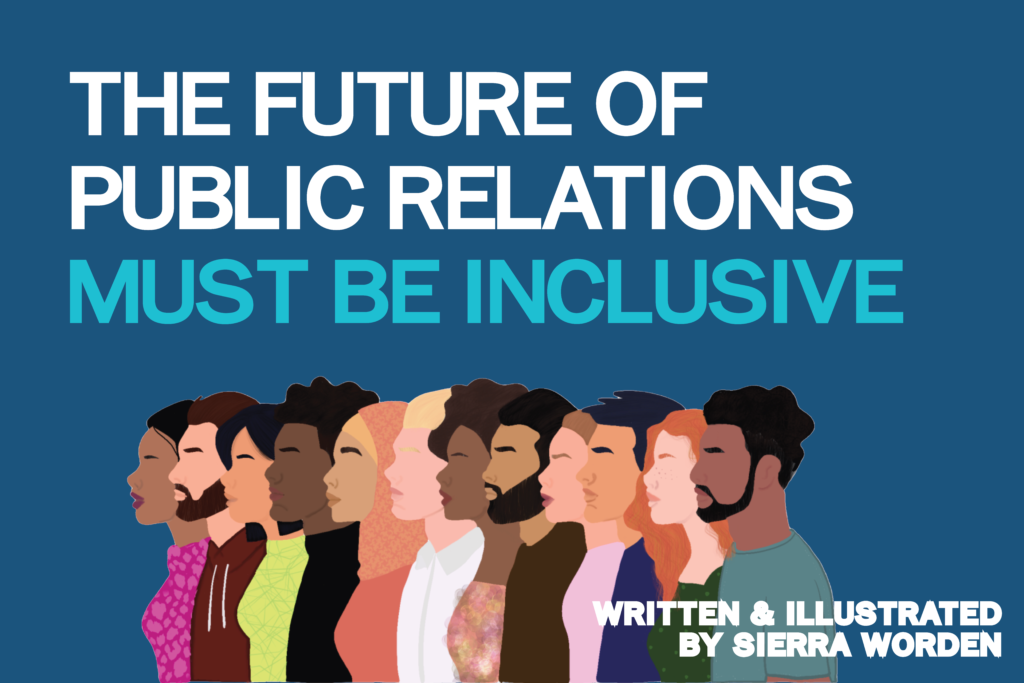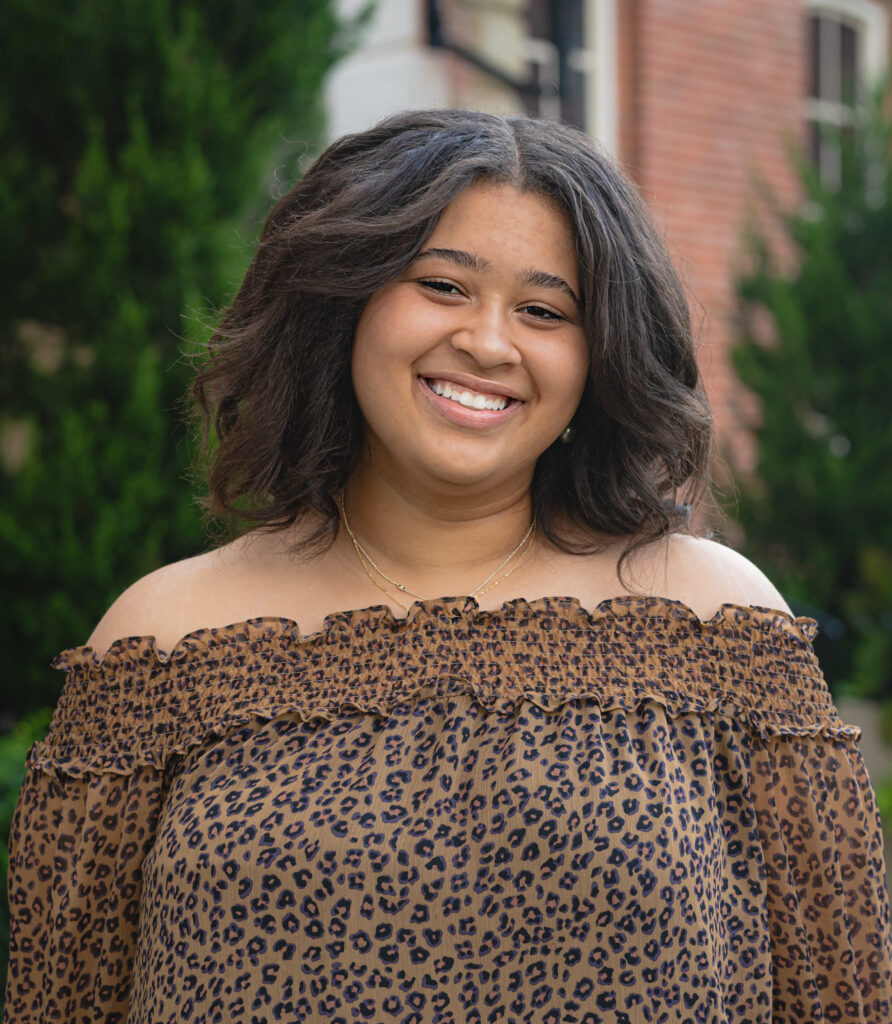The Future of Public Relations Must Be Inclusive

As public relations professionals, it’s our job to understand our audiences well. This means understanding consumers on a personal level; but how could you possibly understand an individual who comes from a completely different walk of life?
While the answer to this question isn’t always easy, our generation can commit to improving the PR industry by seeking and supporting more diversity in the workplace and committing to understanding cultures other than our own.
Diverse Teams Improve Communication
In the PR field, having inclusive teams is imperative. Organizations must have employees who can identify diverse solutions for a company’s diverse audiences. The positive effects that this can have on your campaign strategies and success is unimaginable.
As Ronn Torossian says, “To authentically represent clients and brands to wide audiences, a PR team needs to have diversity too, otherwise audiences may sniff out unauthentic brand initiatives. PR professionals can improve the state of diversity, equity and inclusion (DEI) and put it on the front burner.”
To illustrate my point further, the African-American experience is something that can never truly be understood unless you are African-American. If you are working with an African-American business owner, the trials and tribulations they faced on the road to success are complex. If not for the color of their skin, many of these African-American professionals would not face the constant doubt in their abilities or questioning looks. This is not to say that someone who is a white middle class citizen could never understand an African-American middle class citizen, but their life experiences will never truly match up. Therefore, a diverse team would likely lead to more accurate representation and authentic relationships.
Cultural Understanding Improves Communication
Another important factor for creating successful campaigns is making sure that our campaigns are culturally appropriate. Culture is reflected through a wide array of values, behaviors, beliefs, communication, and thinking; however, cultural representation in the workplace falls short.
Public relations demographics and statistics in the U.S.
According to EloQ Communications, “For the public relations industry (where the public opinion matters!), understanding and respecting the culture of a specific group is a prerequisite to any successful global-scale campaign – and that’s where diversity plays its role.”
Tone deaf campaigns are something that happen often in our industry. To prevent this, we must educate ourselves. In fact, according to the Commission on Public Relations Education, cultural competency is one of the top three areas of knowledge we must have.
Having equal representation and understanding cultural differences can be a hard task, but it’s a vital part of our industry. My challenge to you is to seek out diverse perspectives, learn about other cultures, be an ally to your colleagues of diverse backgrounds, and commit to being the change we need to see in our industry.

Sierra Worden is a second-year student at West Virginia University. Sierra is pursuing her bachelor of science in journalism with a double minor in strategic social media and fashion merchandising. This is Sierra’s first year as blog coordinator for WVU PRSSA. Sierra not only writes blog posts, but designs the graphics that accompany them. She is also the Co Editor in Chief of WVU’s Student run magazine, Mirage. Sierra also manages social media for WVU’s National Association of Black Journalists Chapter and HerCampus.
